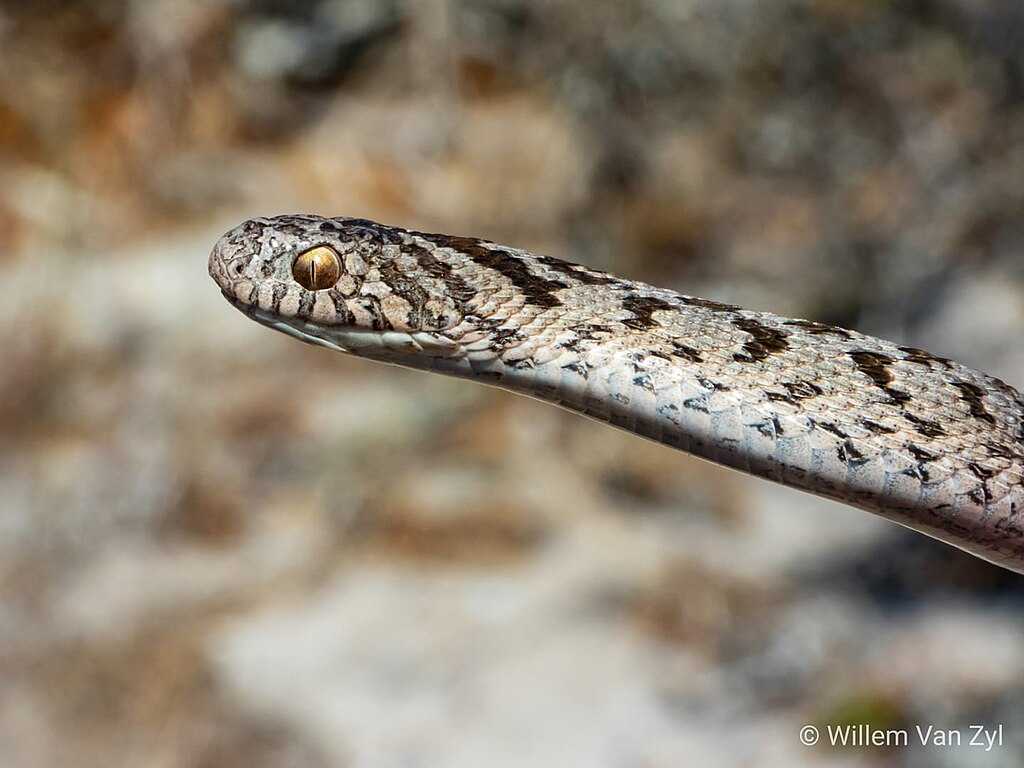Scale rot, a common but potentially serious condition affecting captive snakes, remains one of the most prevalent health issues reptile keepers encounter. This bacterial or fungal infection attacks a snake’s scales and underlying tissues, potentially leading to severe complications if left untreated. While wild snakes rarely develop scale rot, captive specimens face unique environmental challenges that significantly increase their susceptibility. Understanding why these infections occur in captivity is crucial for prevention, allowing snake enthusiasts to maintain healthier specimens and avoid the distress and expense of treating advanced cases.
What Exactly Is Scale Rot?

Scale rot, medically known as dermatitis or necrotizing dermatitis, is a bacterial or fungal infection that affects a snake’s scales and the skin beneath them. The condition typically begins with small discolored patches that may appear reddish, yellowish, or brown, often on the ventral (belly) scales of the snake. As the infection progresses, scales may become raised, soft, or begin sloughing off prematurely, exposing raw tissue underneath. In severe cases, the infection can penetrate deeper tissues, leading to septicemia (blood poisoning) which can be fatal if not addressed promptly. The condition is generally more prevalent in captive snakes because they cannot escape suboptimal conditions as they would in the wild.
The Humidity Conundrum
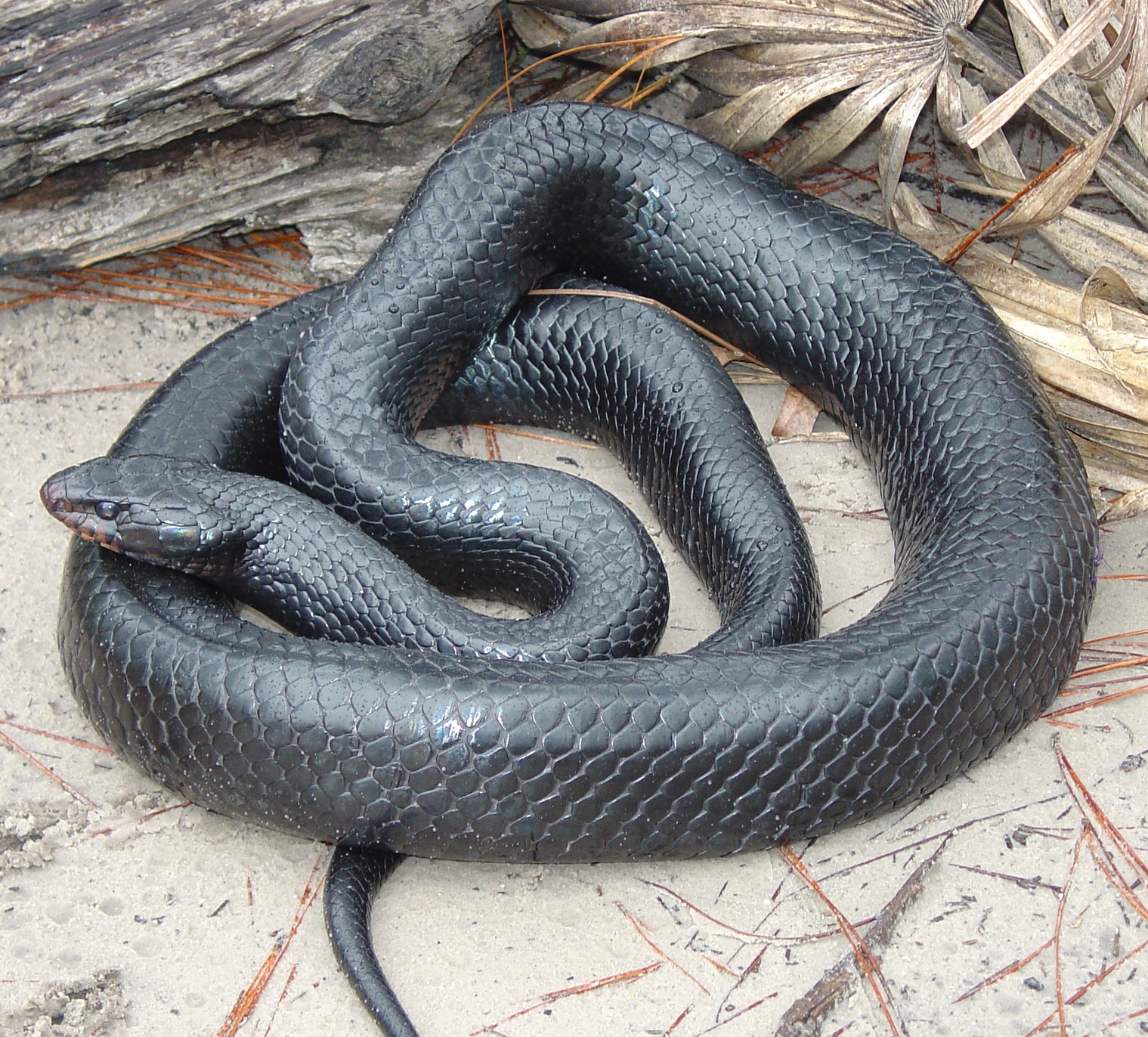
Inappropriate humidity levels rank among the primary culprits behind scale rot in captive snakes. Excessive moisture in the enclosure creates the perfect breeding ground for bacteria and fungi that can attack a snake’s scales. Many novice keepers, particularly those caring for tropical species like ball pythons or rainbow boas, mistakenly maintain constantly high humidity levels throughout the entire enclosure. In nature, even tropical-dwelling snakes have access to microhabitats with varying humidity levels, allowing them to regulate their exposure to moisture. Consistently wet substrate that doesn’t have time to dry out virtually guarantees scale rot development over time. Conversely, some desert species may develop scale issues if kept in inappropriately humid conditions that their scales haven’t evolved to handle.
Inadequate Substrate Choices

The substrate selected for a snake’s enclosure plays a pivotal role in either preventing or promoting scale rot. Materials that retain excessive moisture or cannot be easily cleaned, such as certain wood chips, sand, or newspaper, can harbor bacteria that transfer to the snake’s scales when they come into contact. Pine and cedar substrates contain aromatic oils that can irritate a snake’s skin, potentially creating entry points for infectious agents. Some substrates may also become abrasive when wet, causing small abrasions on the snake’s underside that serve as entry points for pathogens. Improper substrate depth can also force snakes to remain in closer contact with waste products than they would naturally, further increasing infection risk.
Poor Enclosure Hygiene

Inadequate cleaning routines significantly increase the risk of scale rot in captive snakes. Unlike wild snakes that move away from their waste, captive specimens are confined to enclosures where fecal matter, urates, and shed skin can accumulate. These waste products create an ideal environment for harmful bacteria to flourish, particularly when combined with moisture. Snakes forced to lay in or repeatedly crawl through their own waste experience prolonged exposure to ammonia and bacteria that can compromise their scales’ integrity. Even with spot cleaning, enclosures require regular deep cleaning to remove the biofilm that builds up on surfaces over time. Failure to sterilize water dishes, decorations, and surfaces regularly allows microscopic pathogens to multiply to dangerous levels.
Suboptimal Temperature Gradients
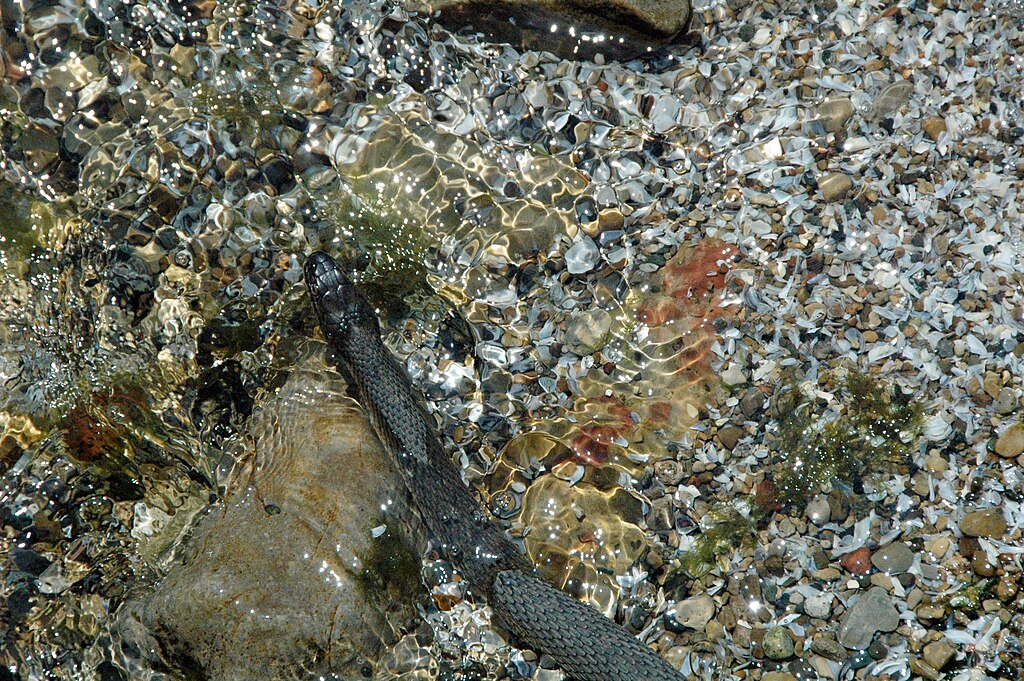
Temperature regulation plays a crucial but often overlooked role in preventing scale rot in captive snakes. Proper temperature gradients allow snakes to thermoregulate effectively, which supports their immune system function and helps them combat potential infections. Enclosures that are too cool overall may lead to decreased metabolism and immune response, making snakes more susceptible to opportunistic infections like scale rot. Conversely, excessive heat without proper cooling zones prevents snakes from regulating their body temperature properly, potentially causing stress that compromises their immune defenses. The lack of proper temperature cycling between day and night can also impact a snake’s natural biological rhythms, further weakening their resistance to scale infections.
Stress Factors and Immune Suppression
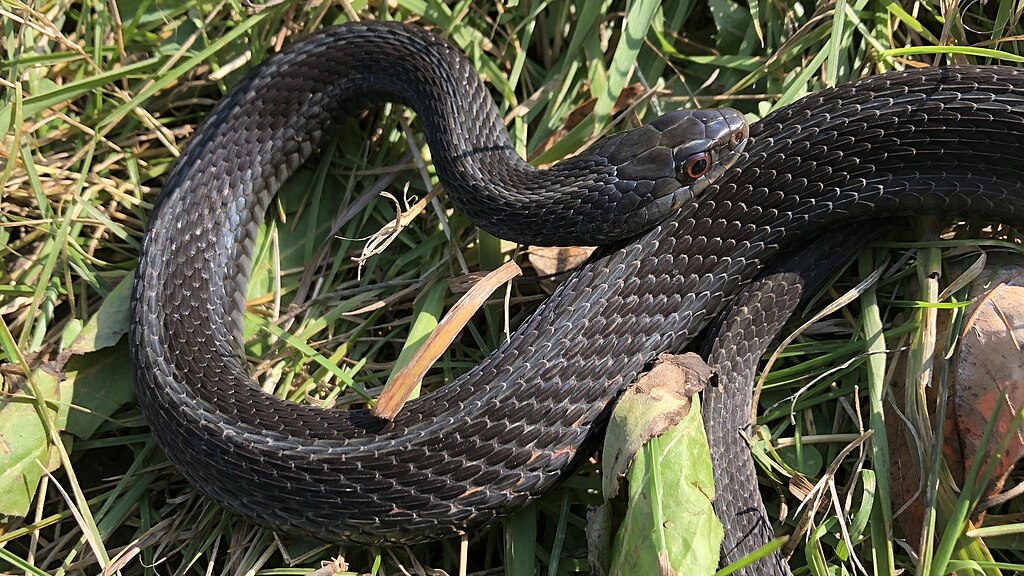
Chronic stress profoundly impacts a snake’s immune system, creating vulnerability to infections including scale rot. Captive snakes experience numerous potential stressors absent in their natural environment, such as frequent handling, insufficient hiding places, exposure to household vibrations, or the presence of potential predators (like household pets) near their enclosure. The constant visual exposure in glass terrariums can be particularly stressful for many species that naturally remain hidden most of their lives. Excessive noise, bright lights, or housing incompatible species together further exacerbates stress levels. When chronically stressed, a snake’s body produces elevated cortisol levels that suppress immune function, making otherwise minor bacterial exposures more likely to develop into full-blown infections.
Injuries and Damaged Scales
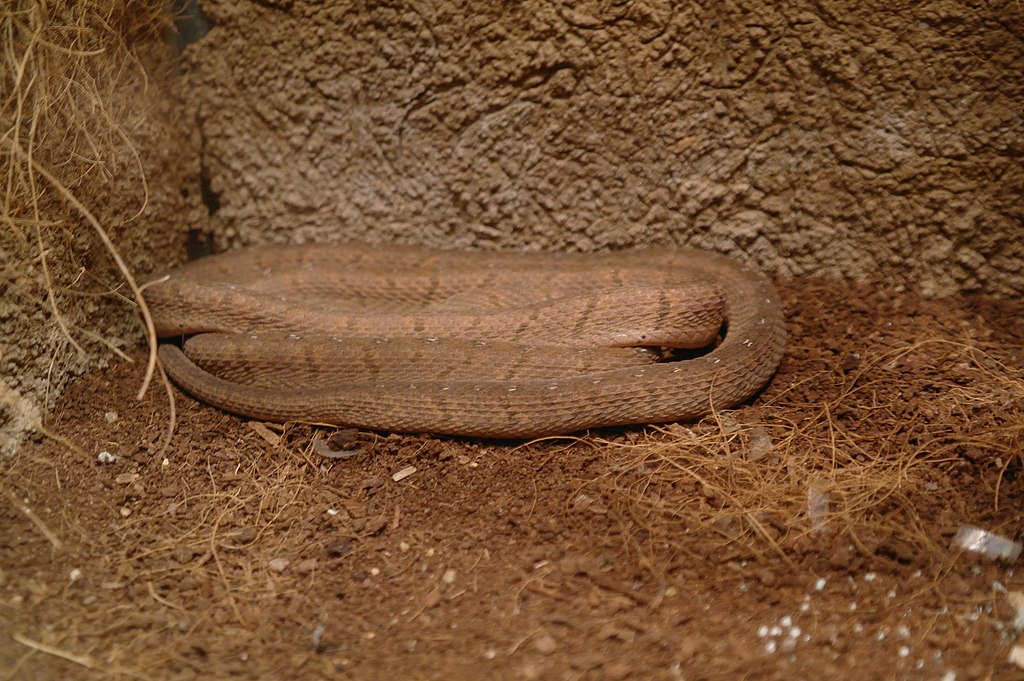
Physical damage to a snake’s scales creates entry points for bacteria and fungi to penetrate the protective outer layer. Captive snakes can sustain scale injuries from numerous sources, including rough handling, inappropriate enclosure furnishings with sharp edges, or struggles against enclosure glass when attempting to escape. Some snakes may damage their scales while striking at prey items against hard surfaces, particularly if fed in their enclosure rather than a separate feeding container. Scale damage can also occur during difficult sheds, especially in conditions of inadequate humidity where patches of old skin remain attached, pulling on and eventually tearing the new scales underneath. Once the integrity of the scale layer is compromised, bacteria present in the environment can easily colonize the injured area, initiating scale rot.
Nutritional Deficiencies

Suboptimal nutrition significantly contributes to scale rot susceptibility in captive snakes by compromising skin integrity and immune function. Unlike wild snakes that consume varied prey items containing different nutrient profiles, captive specimens often receive a monotonous diet limited to one or two prey species. Deficiencies in vitamin A are particularly relevant to scale health, as this nutrient plays a vital role in maintaining epithelial tissue integrity and proper shedding. Insufficient protein or essential fatty acids may result in poor-quality scales that provide inadequate protection against environmental pathogens. Calcium and vitamin D3 imbalances, while more commonly associated with metabolic bone disease, can also impact overall health and immune function, indirectly increasing scale rot susceptibility.
Overhydration and Soaking Practices
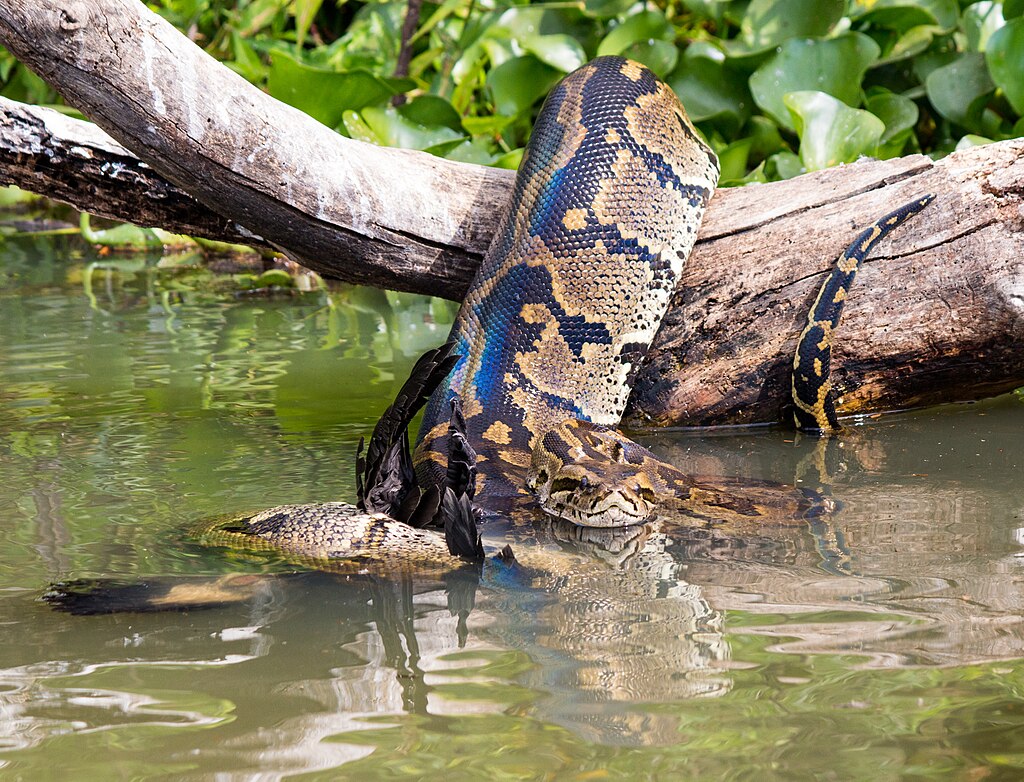
Excessive soaking or constant exposure to water contributes significantly to scale rot development in captive snakes. While many snake owners provide soaking opportunities, particularly around shedding time, extended or too-frequent soaking can waterlog scales and create ideal conditions for bacterial growth. Some species naturally encounter water more frequently than others, but few snakes in the wild spend prolonged periods submerged. Allowing water bowls to overflow or placing them where they create consistently damp areas in the enclosure can lead to chronic moisture exposure for a snake’s scales. Water dishes that are too large relative to the enclosure size can raise ambient humidity to inappropriate levels for desert species, further promoting scale issues.
Inadequate Ventilation

Poor air circulation within snake enclosures creates stagnant, humid conditions that promote bacterial and fungal growth on scales. Many commercially available terrariums and plastic tubs used for snake keeping have insufficient ventilation by design, as they’re often marketed for a wide range of reptile species with different requirements. Without proper air exchange, moisture becomes trapped within the enclosure, condensing on surfaces and maintaining consistently high humidity levels even in sections intended to be drier. This stagnant air also concentrates airborne bacteria and spores, increasing the pathogen load that comes into contact with the snake’s scales. The problem often worsens in enclosures placed in areas with naturally high humidity or in basements where ambient moisture levels are already elevated.
Species-Specific Susceptibility
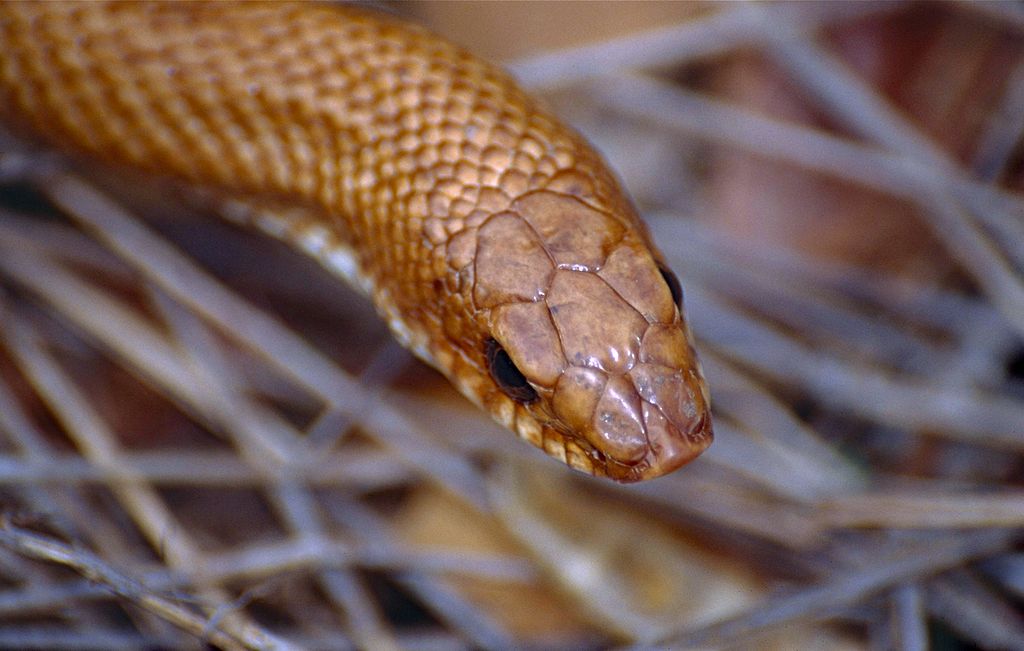
Different snake species exhibit varying levels of vulnerability to scale rot based on their natural habitats and evolutionary adaptations. Species from arid environments, such as sand boas and many North American colubrids, typically possess thicker, more keratinized scales designed to prevent water loss in dry conditions. When these desert-adapted species are kept in overly humid environments, their scales cannot function properly against moisture-loving pathogens they rarely encounter naturally. Conversely, some tropical species like rainbow boas have specific humidity requirements but still need dry areas and good ventilation to prevent scale issues. Semi-aquatic species such as water snakes (Nerodia) have specialized scale structures that handle moisture better, making them somewhat less prone to scale rot even in damper conditions, though they still require dry basking areas.
The Role of Secondary Opportunistic Infections
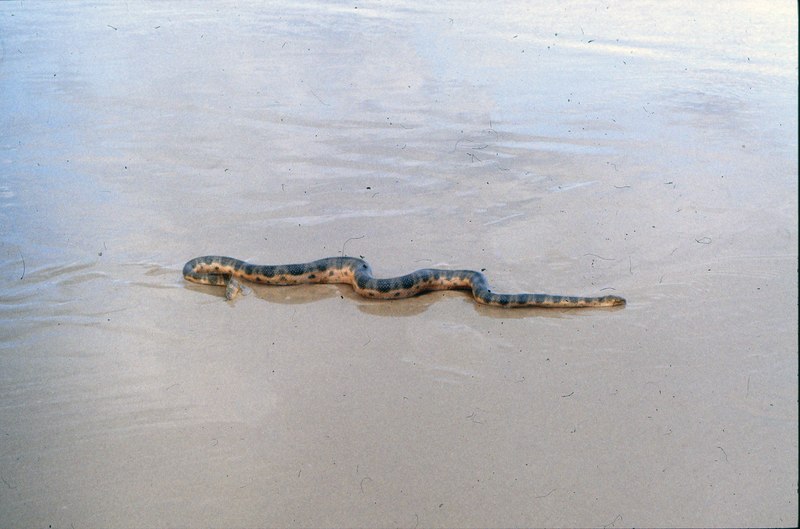
Scale rot rarely involves a single pathogen, but rather begins with one organism creating conditions favorable for others to thrive. What might start as a simple bacterial infection can quickly become complicated by secondary fungal invasions that exploit the damaged tissue. Various Pseudomonas species of bacteria commonly initiate scale rot, creating lesions that then become colonized by Aeromonas bacteria or fungi like Aspergillus or Mucor species. This cascade effect makes treatment increasingly complex as the infection progresses. The biofilm created by the primary infection actually shields secondary pathogens from topical treatments, allowing the infection to worsen despite seemingly appropriate interventions. In severe cases, these opportunistic infections may spread internally, affecting deeper tissues and potentially leading to septicemia that can prove fatal without aggressive veterinary intervention.
Prevention Strategies and Best Practices

Preventing scale rot requires a multi-faceted approach addressing all potential contributing factors. Enclosure design should prioritize appropriate ventilation while still maintaining species-specific humidity levels, often achieved through localized humid hides rather than overall high humidity. Substrate selection should favor materials that resist bacterial growth and can be easily spot-cleaned, such as paper towels, reptile carpet, or bioactive setups for advanced keepers. Regular cleaning protocols must include daily spot cleaning of waste and weekly partial substrate changes, with quarterly deep cleaning of all enclosure components using reptile-safe disinfectants. Proper quarantine procedures for new animals prevent the introduction of pathogens to established collections. Nutritional considerations should include varied prey items gutloaded with high-quality foods and appropriate supplementation tailored to the specific species requirements.
Scale rot represents one of the most common yet preventable health issues in captive snake husbandry. The condition stems primarily from the artificial constraints of captivity that force snakes to live in environments fundamentally different from their evolutionary adaptations. By understanding and addressing the multiple contributing factors—from humidity and substrate to stress and nutrition—keepers can create more naturalistic environments that support healthy scale integrity. With proper prevention strategies in place, most snakes can live their entire captive lives without experiencing this painful and potentially dangerous condition, allowing both the animals and their keepers to enjoy a more rewarding relationship.

